| Specs at a glance: AMD RX 480 | |
|---|---|
| Compute Units | 36 |
| Texture Units | 144 |
| ROPS | 32 |
| Core Clock | 1120MHz |
| Boost Clock | 1266MHz |
| Memory Bus Width | 256-bit |
| Memory Speed | 8GHz or 7GHz |
| Memory Bandwidth | 320GB/s or 224GB/s |
| Memory Size | 8GB GDDR5 or 4GB GDDR5 |
| Outputs | 3x DisplayPort 1.3, 1x HDMI 2.0b with support for 4K60 HDR |
| Release Date | June 29 |
| Price | 8GB (as reviewed): £215, $230. 4GB: £180, $200 |
Brave? Foolhardy? Desperate? Whatever you might think about AMD's decision to cede the top end of the graphics card market (at least for now) to Nvidia and launch the mainstream-focused RX 480 instead, the fact remains that for £180/$200 it's the best graphics card you can buy. It's faster than Nvidia's GTX 970 and (mostly) faster than an R9 390, making it more than powerful enough to meet the minimum spec for virtual reality—and it'll blitz through demanding 1080p games at a smooth 60FPS, too. It even does a decent job at 1440p, so long as you're fine with dialling down a few settings.
As a consumer product, then, the RX 480 is a success, even if one of AMD's core pitches—that it'll help drive VR adoption—is a little suspect. VR headsets still cost well over £500, after all.
But—and sadly, there always seems to be with AMD—the RX 480 is not a great debut for Polaris 10, its first GPU based on an all new, theoretically more efficient 14nm FinFET manufacturing process. At 150W, the RX 480 sits in the same power envelope as the GTX 1070 yet offers less performance. It runs hotter, too, hitting 80 degrees Celsius, even struggling to hit its advertised boost clock at times—and that's in a big, well ventilated case. Compared to AMD's previous cards, it's an improvement, but those were always power-hungry beasts, and the bar has since been raised.
None of that matters to consumers hell bent on getting the best bang for their buck, of course. And with the sub-£200/$200 market being the most popular for discrete graphics cards, the RX 480 is a smart play to bring AMD's market share up to more respectable levels. But Polaris 10 is already being pushed hard in the RX 480, and graphics nerds hoping that AMD would regain its performance lead in the future might wonder whether AMD set out to make a mainstream card or whether—thanks to less than stellar efficiency improvements with Polaris—its hand was forced.
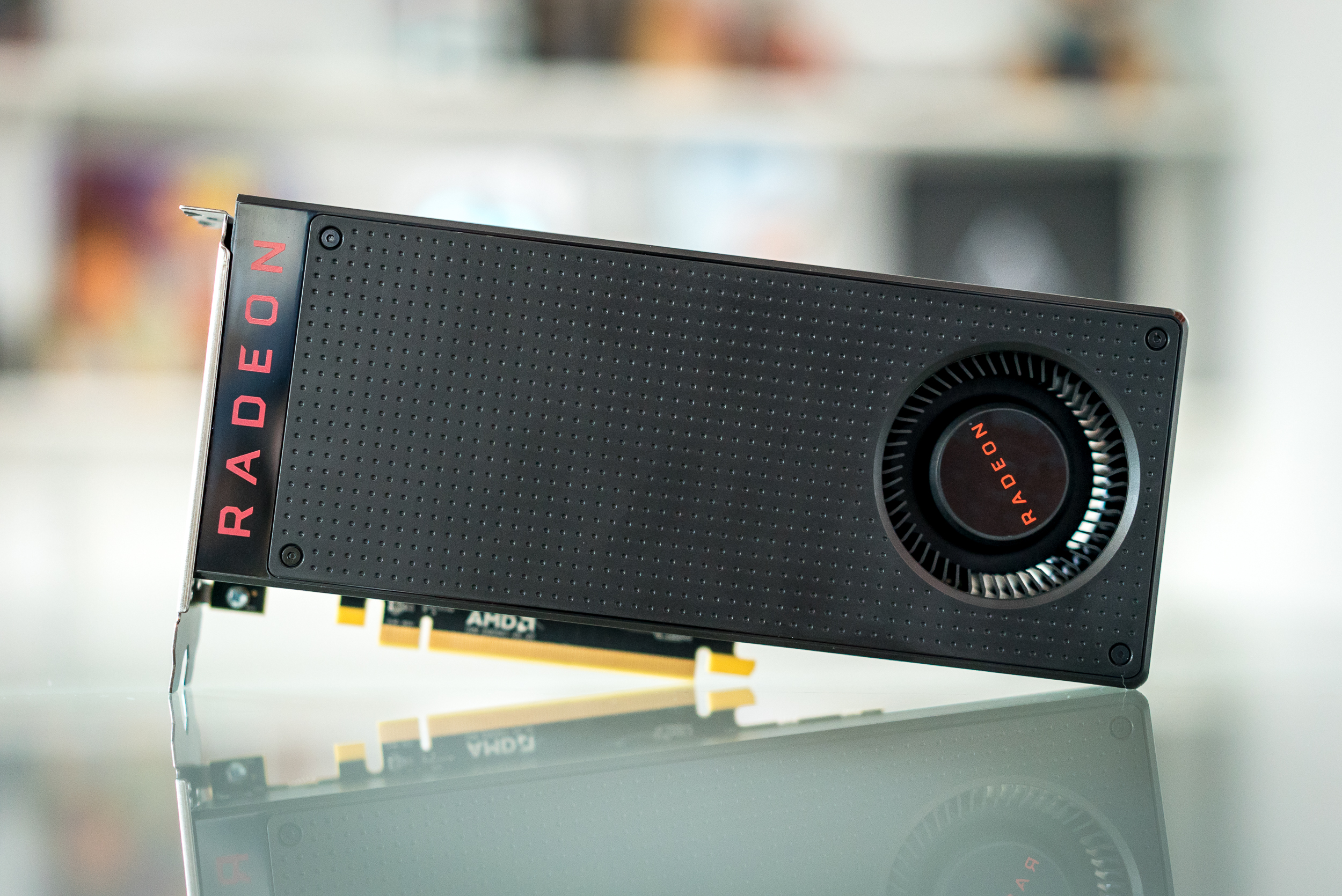



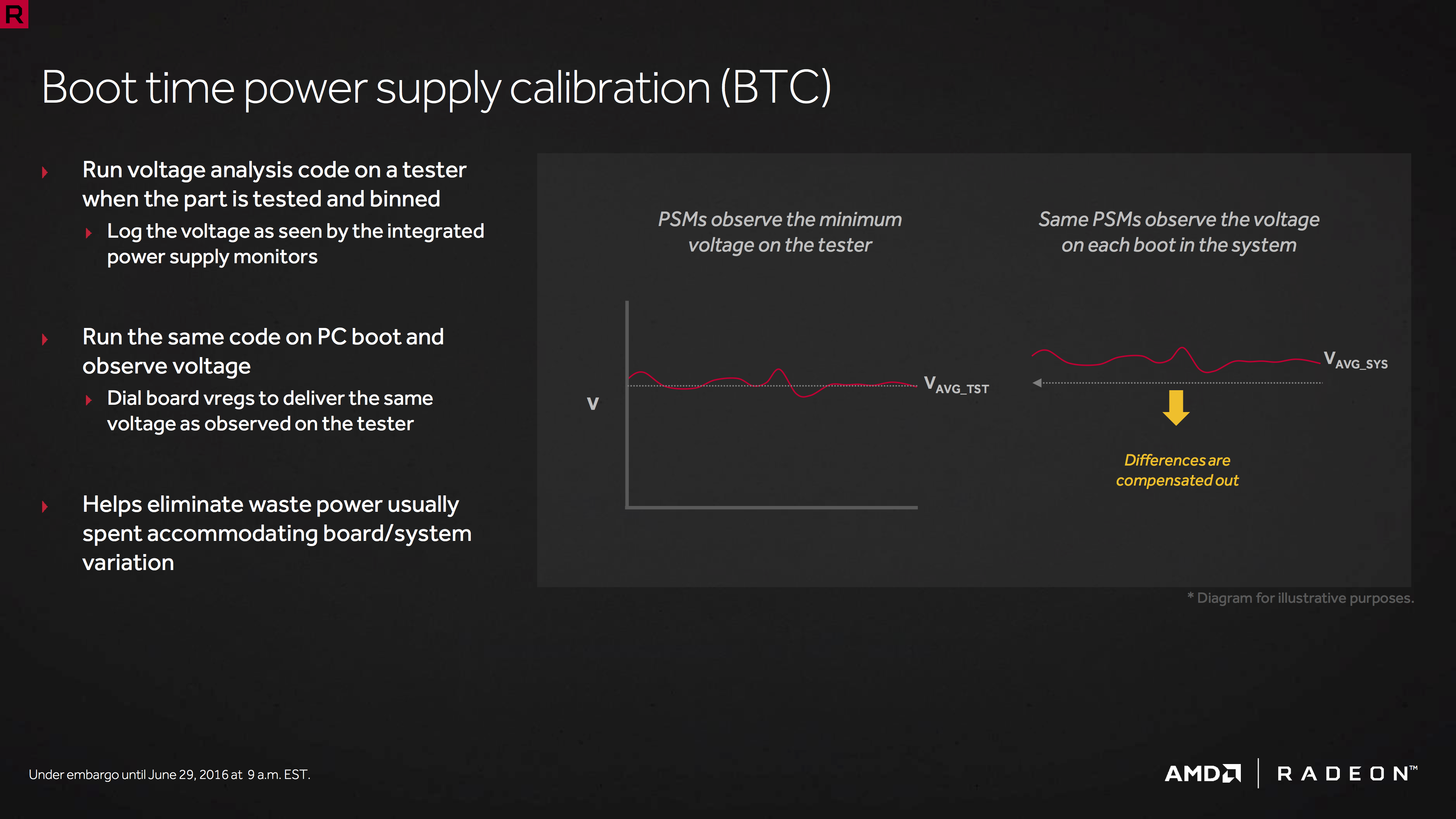
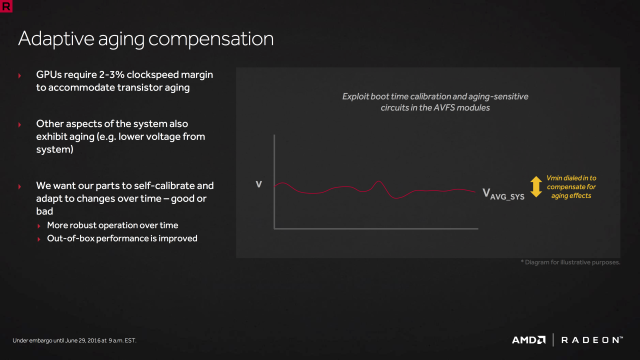
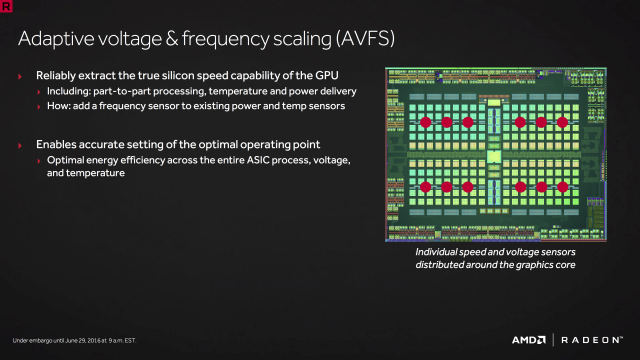
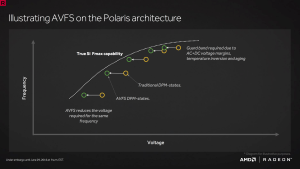
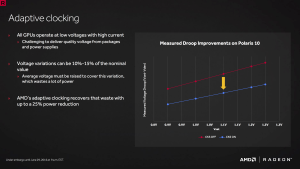
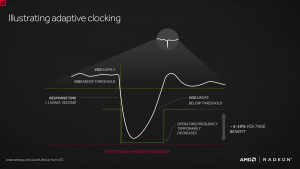
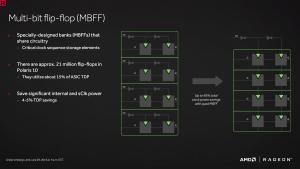

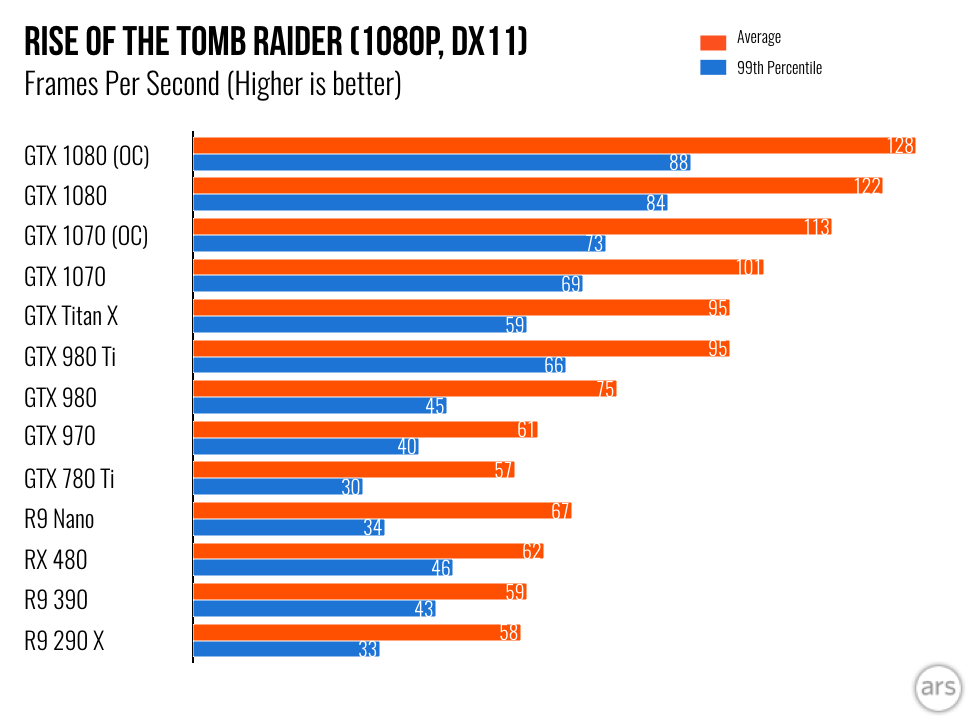
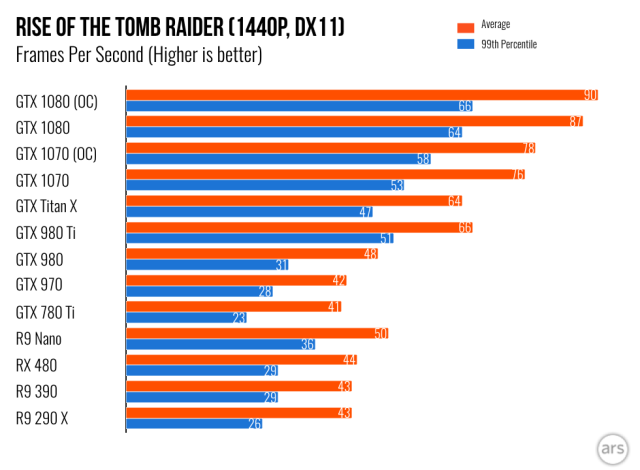
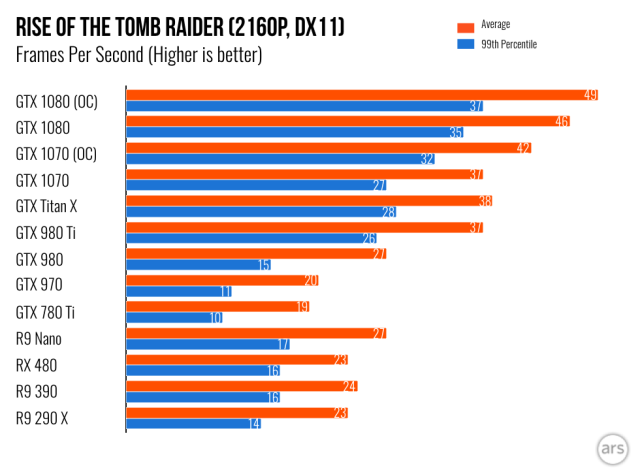
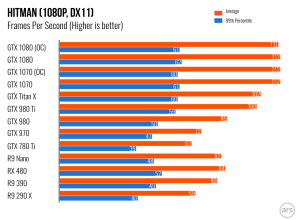
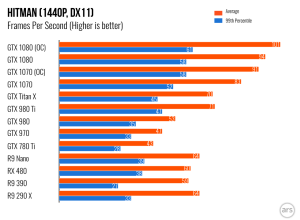
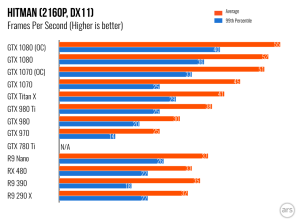
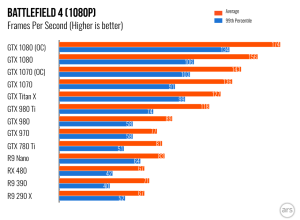
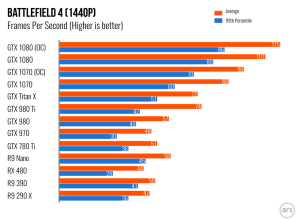
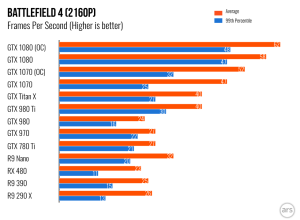
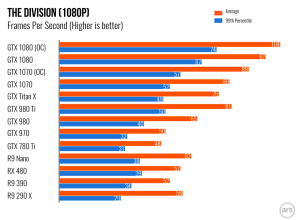
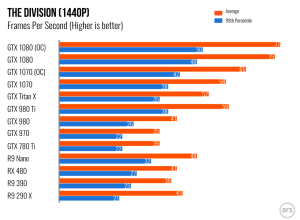
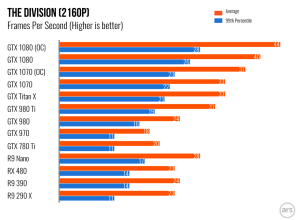
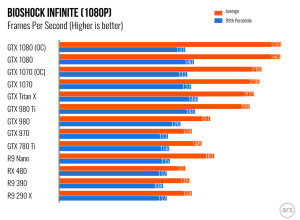
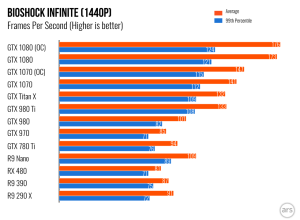
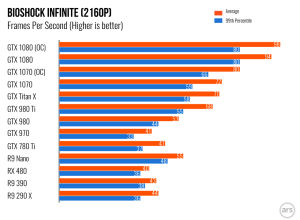
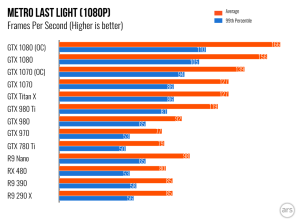
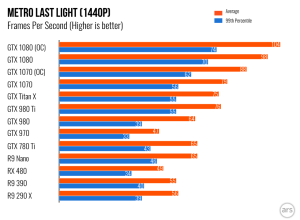
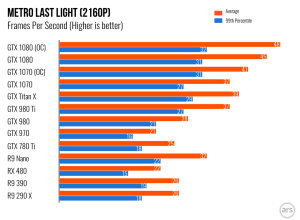
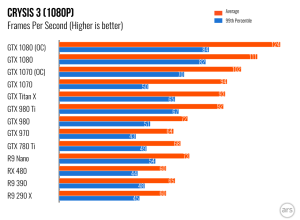
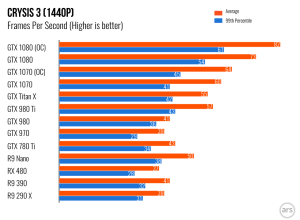
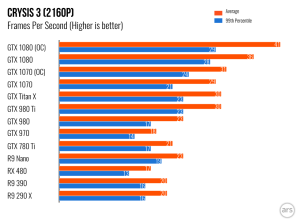

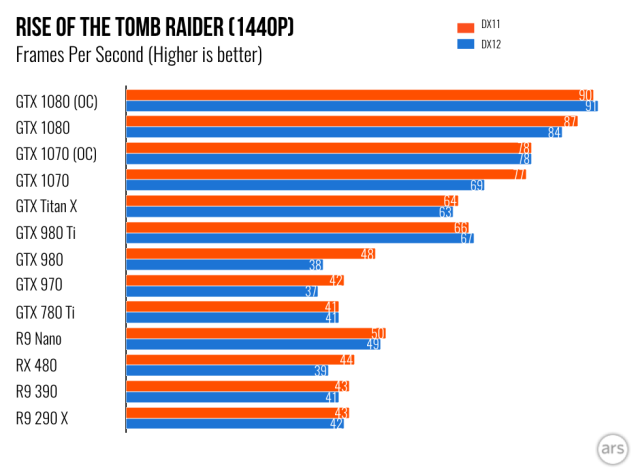
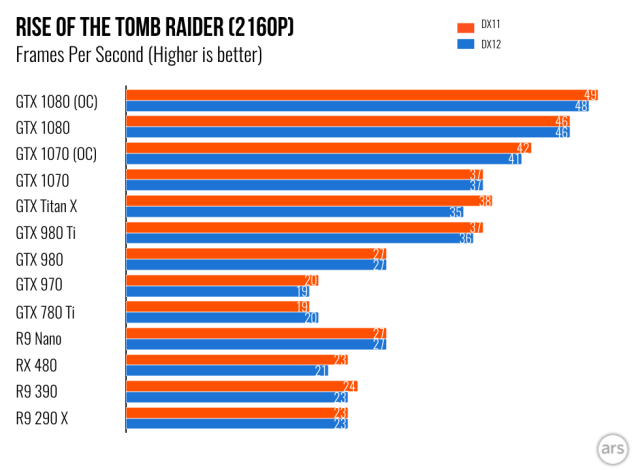
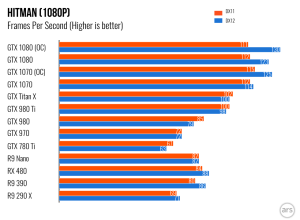
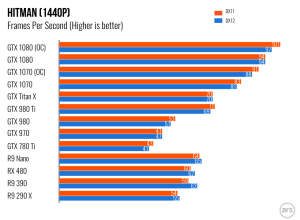
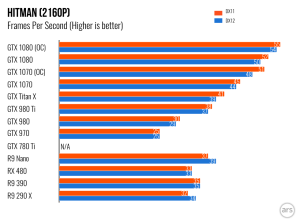
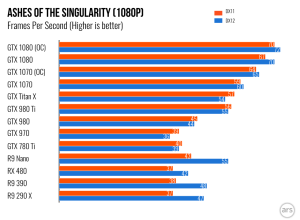
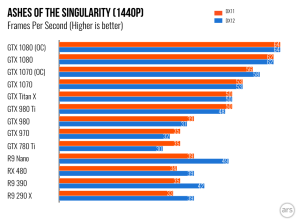
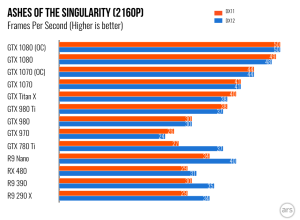
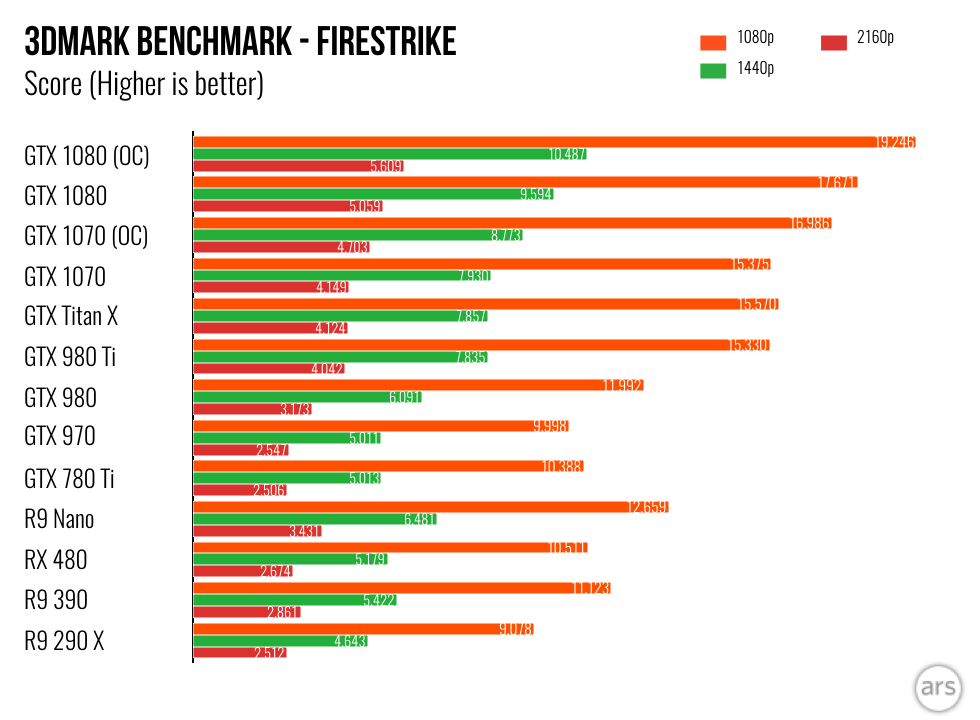
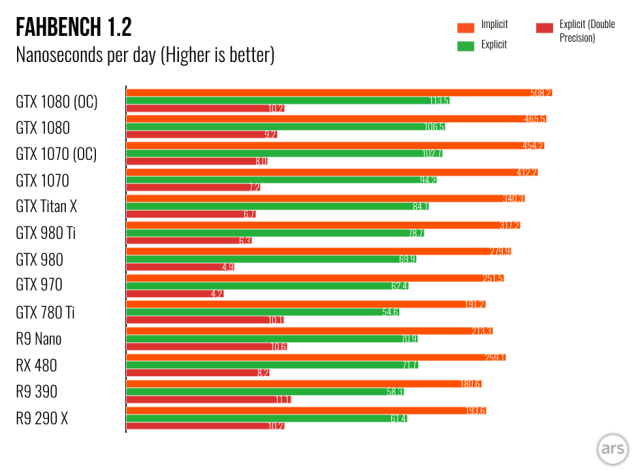
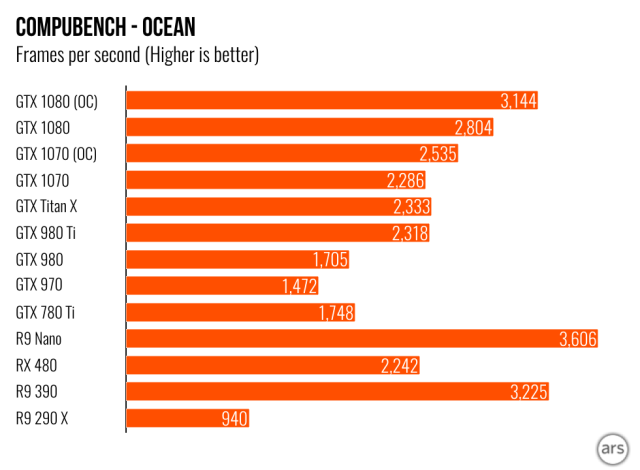
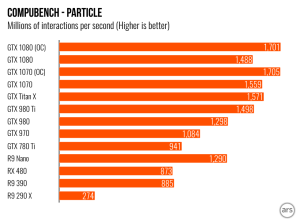
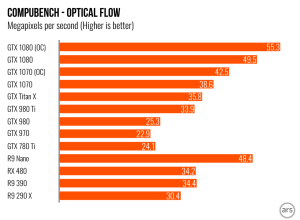
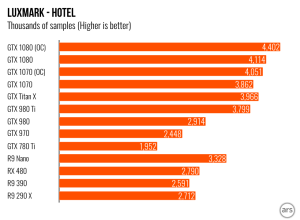


 Loading comments...
Loading comments...
